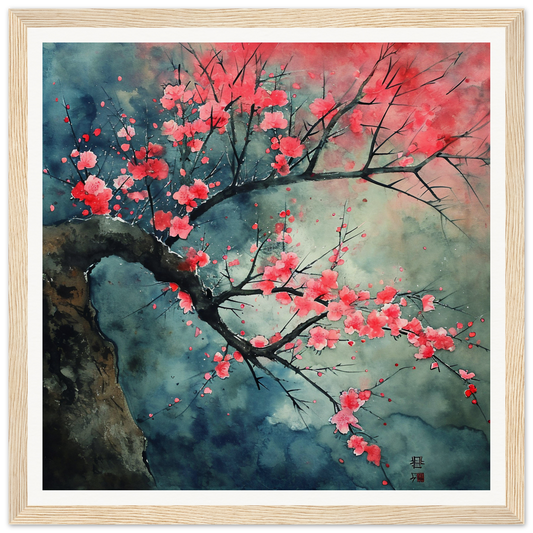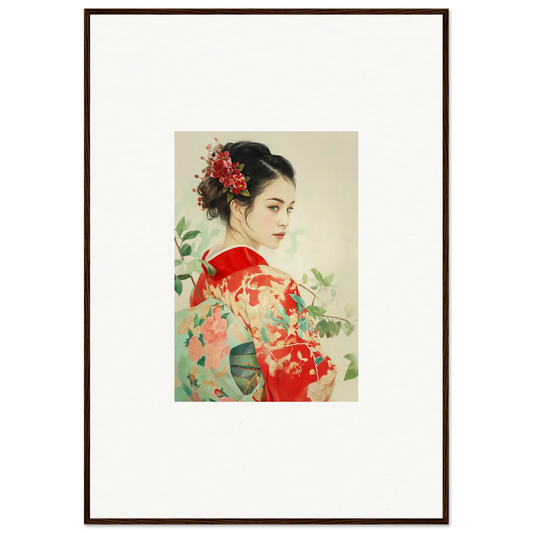
The Importance of Color in Interior Design: Enhancing Ambiance through Color Psychology
Share
Introduction
Color plays a significant role in interior design, as it has the power to create ambiance and set the mood of a space. By understanding color psychology, designers can enhance the impact of their work and create spaces that not only look visually appealing but also evoke specific emotions and moods.The Basics of Color Psychology
Colors have the ability to evoke emotions and moods. Warm colors, including red, orange, and yellow, exude energy and enthusiasm, while cool colors like blue, green, and purple create a sense of calm and tranquility. Cultural influences also impact color perception, as different societies associate different meanings with specific colors.Using Colors in Interior Design
1. Bedroom
- Create a serene atmosphere by painting the walls in soft blue hues and using soothing green accents.
- Incorporate nature-inspired wall art to bring a sense of calm and tranquility to the space.
- Opt for neutral bedding in shades of white or light gray to promote relaxation.
- Introduce warm earthy tones through wooden furniture and flooring for a cozy feel.
- Use soft pink or lavender for a touch of romance and relaxation.
2. Living Room
- Choose warm neutrals like beige or taupe for the main walls to create a cozy and inviting space.
- Add pops of color with vibrant throw pillows and artwork on the walls.
- Incorporate textured rugs and curtains in rich hues to create a warm and luxurious feel.
- Use a combination of warm and cool colors to strike a balanced and harmonious atmosphere.
- Display fresh flowers or plants to add life and freshness to the room.
3. Home Office
- Paint the walls in cool green tones to enhance focus and productivity.
- Use bright accent colors like yellow or orange to energize the space.
- Install ample lighting sources, such as a desk lamp or overhead lights, to prevent eye strain and enhance concentration.
- Incorporate a comfortable chair in a warm shade to promote a relaxed yet focused mindset.
- Use a corkboard or wall calendar in vibrant colors as functional and visually appealing decor.
4. Kitchen
- Paint the cabinets in a fiery red shade to create a vibrant and energetic atmosphere.
- Install colorful mosaic tiles as a focal point on the backsplash or countertop.
- Display colorful cookware or utensils on open shelves or hanging racks as functional decor.
- Introduce bold wallpaper with geometric patterns to create a visually stimulating ambiance.
- Use bright pendant lights or colorful bar stools to add a splash of color to the space.
5. Bathroom
- Choose a neutral color palette, such as soft gray or white, to create a clean and serene environment.
- Incorporate calming blue accents through towels, shower curtains, or bath mats.
- Install LED lighting behind the mirror or around the bathtub in soothing colors to create a spa-like experience.
- Use natural materials like bamboo or rattan for storage baskets or accessories to add warmth to the space.
- Hang abstract art in serene shades of blue to create a relaxing focal point.
6. Dining Room
- Paint one wall in a bold, deep color like navy blue or emerald green to create drama and sophistication.
- Use a colorful dining table or chairs as a statement piece in an otherwise neutral space.
- Hang a large chandelier with colorful glass shades to add a touch of glamour and personality.
- Decorate the walls with framed artwork or photographs in shades that complement the color palette.
- Display a vibrant, flower-filled centerpiece on the table for a visually stunning focal point.
7. Nursery
- Create a calm and soothing environment by using pastel hues such as soft pink, baby blue, or lavender.
- Decorate the walls with whimsical, hand-painted murals or wallpaper featuring cute animals or dreamy landscapes.
- Use soft and cozy textiles like plush rugs or curtains in muted colors for a comfortable and gentle feel.
- Install a mobile above the crib in a mix of soft, soothing colors to provide visual stimulation for the baby.
- Place a comfy rocking chair in a warm neutral color for bonding and relaxation.
8. Study/Library
- Paint the walls in rich, deep shades like burgundy or dark green to create a cozy and studious atmosphere.
- Use a mix of warm, dimmable lighting sources such as table lamps or wall sconces for focused reading.
- Install built-in bookshelves or display colorful books and accessories to add visual interest.
- Incorporate a plush armchair or chaise lounge in a warm textured fabric for a comfortable reading nook.
- Hang inspirational wall art or framed quotes in motivating colors to keep the study space inspiring.
Tips for Incorporating Color in Interior Design
1. Start with small accents and accessories, such as throw pillows, curtains, or artwork, to introduce color gradually.2. Experiment with different shades and tones to create depth and visual interest in a room.
3. Consider the purpose and function of each room, and select colors accordingly.
4. Use a color wheel or consult a color consultant to ensure complementary and harmonious color choices.
5. Don't be afraid to mix different colors and patterns, but be mindful of balance and cohesion within the overall design concept.
6. Consider the impact of natural light on color perception and choose colors that work well in your specific space.
7. Take inspiration from nature, travel, or personal experiences when selecting colors for a unique and meaningful design scheme.
8. Trust your instincts and choose colors that resonate with you and bring you joy.
Conclusion
Understanding color psychology allows interior designers to create spaces that not only look beautiful but also evoke desired emotions and moods. By using colors strategically in different rooms, designers can set the tone for relaxation, productivity, or sociability. From choosing the perfect shades for a serene bedroom to adding vibrant accents to a lively kitchen, colors have a profound impact on interior design.
With careful consideration and creativity, the use of color can enhance the ambiance and overall experience of any space.































